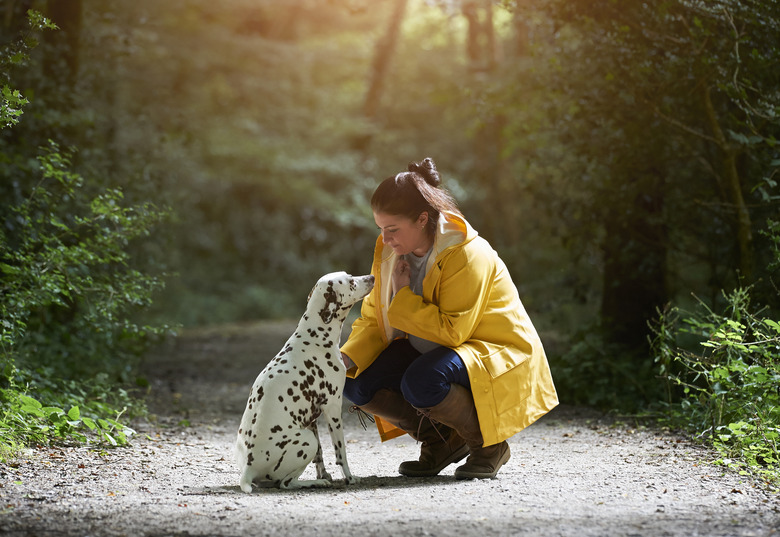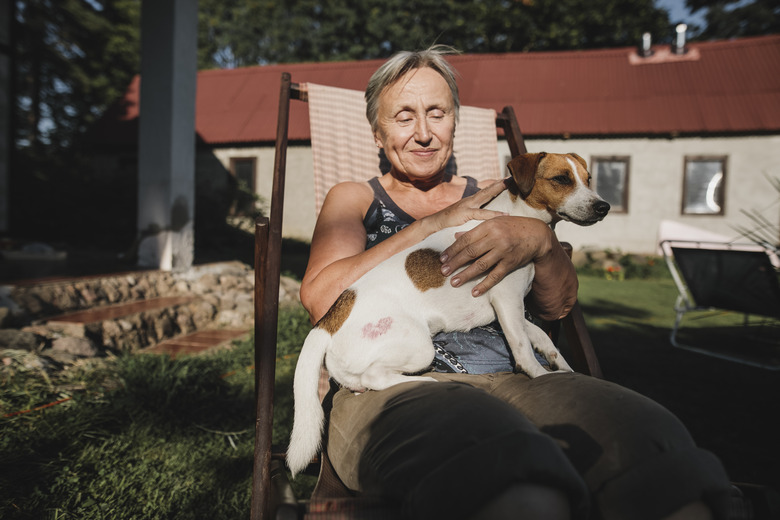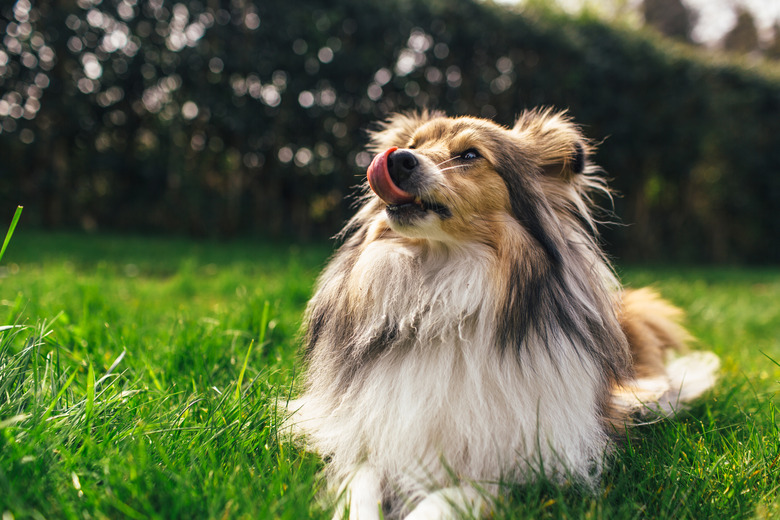How To Tell When Your Dog Is Saying "No"
We control a lot about our dog's day, from what time they eat to when they go to the bathroom and where they walk. Generally, our dogs are happy to live their lives as we dictate, but there are times when our dogs communicate that they are unhappy or uncomfortable about something they are experiencing.
Unfortunately, when our dogs communicate discomfort and say "no," often their objection is ignored, overruled, or not even recognized. It's important to respect when your dog says "no." Learning when your dog is communicating that they are uncomfortable can help with training, as well as maintaining a healthy relationship with your dog.
Dogs are not stubborn
Dogs are not stubborn
One of the big mistakes that dog owners make is deciding their dog is being "stubborn" when they refuse to do something. In reality, your dog is most likely saying "no" for a good reason.
When your dog refuses to do something, it's generally because they are uncomfortable, afraid, uncertain, or don't fully understand what it is you are asking them to do because the skill hasn't been taught yet. All of these are valid reasons for your dog to communicate discomfort and unwillingness to do something.
If your dog refuses to do something, or otherwise says no, it's important to listen to them and, if possible, shift the situation to one that works for your dog. Dogs aren't saying no to be "stubborn," rather they are using their bodies to communicate the only way they can that we are asking them to do something they aren't comfortable with.
Dogs are individuals
Dogs are
individuals
Just like each of us communicates differently, the same is true with our dogs. Some dogs say "no" in loud and obvious ways, and other dogs are more subtle.
For some dogs, saying "no" involves doing whatever they can to get away from whatever has upset them. This may look like shying away, cowering, and hiding. For other dogs, their approach is to become as big as possible to try to keep whatever is making them uncomfortable to stay away. This often looks like barking and/or lunging.
Some dogs will always react to discomfort one way, while others will express concern differently depending on the situation. For example, your dog might lunge at the person they are uncomfortable with, while hiding from a noise that startles them. Any of these behaviors are clear indications that your dog isn't comfortable with what is happening and is saying "no."
Dogs communicate with body language
Dogs communicate with body language
One of the best ways to understand what your dog is communicating with you is by paying attention to your dog's body language. Body language is how dogs communicate with each other and with us.
Uncomfortable body language indicators can include "whale eye," where dogs are showing the white of their eyes, hunching, and cowering. Dogs who are communicating "no" or discomfort with a situation may also raise their hackles and have a stiff body posture.
Dogs do their best to communicate how they are feeling and what they need, and it's up to us to pay attention to their body language. It's also important for dog guardians to watch for stress or appeasement signals your dog may be offering. This includes licking lips, panting, yawning, and pacing. These are all indications that your dog is uncomfortable with what is going on, and is trying to say that they would like to be excused from the situation.
Dogs communicate with avoidance
Dogs communicate with avoidance
Avoidance is another way that dogs communicate that they are saying "no" about something. If your dog is reluctant to approach or engage with a person, dog, or object. This could be something that seems insignificant to you, but is uncomfortable for your dog.
Common situations dogs avoid include new surfaces, like metal grates in the sidewalk. When dogs are pulling away and avoiding approaching something, it's generally because they are fearful or lacking confidence and are saying "no, not right now." Instead of forcing your dog to engage with something they are uncomfortable with, which can frighten them further, it's best to back up to a distance where your dog feels secure. Over time through counterconditioning, you can work to build your dog's confidence and something they said "no" to today might be ok in the future.
Listen to your dog
Listen to your dog
One of the important evolutions that has happened through positive reinforcement training is recognizing that training dogs involves building a relationship with our dogs and allowing our dogs to have opportunities to make choices. If your dog is telling you "no," it's important to take their feedback seriously.
Whenever possible, manage your dog's environment to keep them safe. If your dog is in danger, it's important to do whatever is necessary to remove them from the situation safely. In general, if your dog is communicating that they are uncomfortable, give them the choice to leave the situation. It's ok for dogs to have an opinion, and to have that opinion be respected.
In summary
In summary
Dogs get to say "no" to things they are uncomfortable with. Don't listen when people tell you that you shouldn't let your dog have an opinion, or should force your dog to do something they are uncomfortable with. If you push your dog too far, you can harm your relationship. Not listening to your dog's "no" can lead to your dog developing more fear or anxiety, which can lead to dogs snapping or even biting. It's best to listen to your dog the first time they tell you "no."


